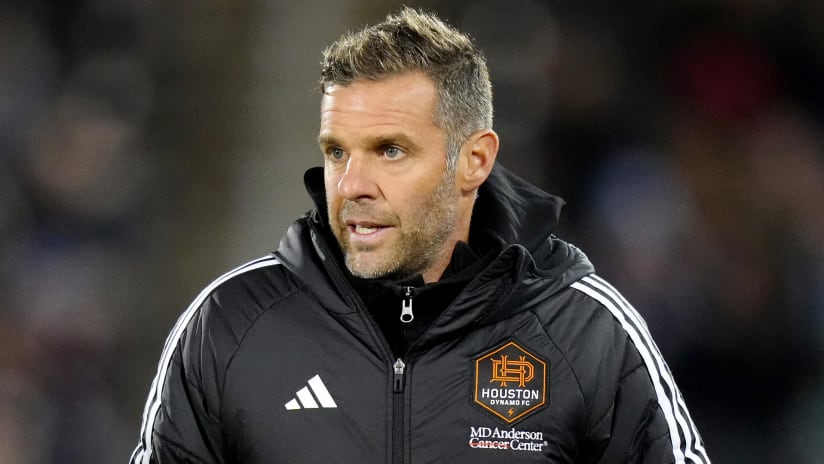In the end, the 2015 FIFA Women’s World Cup was decided like any other soccer competition: with two great teams battling it out on the field of play.
As you surely know by now, the United States hoisted the trophy for the third time in history, rolling over Japan 5-2 in the final.
It was a fascinating tournament that was often defined by off-field storylines, from the playing surface and the travel to talk about the players’ salaries and the particularities of media coverage in the women’s game.
But as we bid farewell to the seventh edition of the Women’s World Cup, let’s take a moment to look back at some of the most memorable on-field moments and storylines from Canada 2015.
Cruel ending for the French
The quarterfinal between Germany and France lived up to its billing as “game of the tournament,” but it turned out to be a heartbreaker for the French (highlights). First they conceded an 84th-minute penalty kick on a handball to force extra time. Then normally reliable striker Gaetane Thiney missed a sitter at the end of extra time that would have won the game.
Finally, 21-year-old Claire Lavogez — an up-and-coming standout who had both committed a blatant dive and been dropped on her head in a collision earlier in the game — was stopped in the shootout by German ’keeper Nadine Angerer.
But Lavogez, Thiney and their teammates will get a shot at redemption in 2019 when France hosts the Women’s World Cup.
A crueler ending for England
You already know the story here. The Three Lionesses’ historic run was stopped short in the worst possible way, with veteran defender Laura Bassett victimized by a freak own goal in the final moments of the semifinal against Japan. But rather than being widely criticized, Bassett received an outpouring of support from fans, pundits and fellow players around the world:
Then came redemption for England, as a hard-fought third-place game ended with a rare victory over Germany and the country’s second-best-ever finish at a senior World Cup.
Rise of a villain
Colombian forward Lady Andrade was already a villain to American fans (though possibly a hero to some Canadians) for punching Abby Wambach in the face during the 2012 Olympics.
The 23-year-old added fuel to the fire ahead of the World Cup Round of 16 clash between the US and Colombia, claiming, “We’re going to beat them since they like to talk so much.”
The prediction didn’t pan out (the US won 2-0), but with her brash attitude and indisputable on-field talent, Andrade emerged one of the tournament’s most polarizing (and entertaining) figures.
An early-tournament classic
The most thrilling match of the group stage came, predictably, out of the so-called “Group of Death.” Nigeria came back from a pair of deficits to earn an exciting 3-3 draw against Sweden in their first match of the tournament (highlights).
As it turned out, the game represented the high-water mark for both teams; Sweden slumped out in the Round of 16, while Nigeria didn’t escape the group stage.
Golazos for everyone
Every World Cup brings with it plenty of outstanding goals, and Canada 2015 was no different.
We’ll let you decide which one you like the best, but there are plenty of options, from Lucy Bronze’s long-range blast against Norway:
…to Daniela Montoya’s long-bomb strike against Mexico:
...to Maren Mjelde’s absolutely stunning free kick against Germany:
...to masterful team efforts by France (finished by Marie-Laure Delie) and Japan (via Mizuho Sakaguchi).
A new African power?
At the first six Women’s World Cups, Nigeria was the only African team making any noise.
But in 2015, newcomers Cameroon took the tournament by storm, demolishing Ecuador, pushing Japan to the limit and qualifying for the knockout stages. Gaelle Enganamouit grabbed worldwide attention, not only for her wild hairstyle…
… but for her impressive play.
Hopefully, Enganamouit and most of the core of that exciting Cameroon side will still be around in 2019. Have we witnessed a changing of the guard in Africa?
Canada gets its moment
While fans and pundits continue to argue about whether Canada’s quarterfinal showing at home was or wasn’t a “success,” there’s no denying that Josée Bélanger’s game-winning strike in front of nearly 54,000 fans in the Round of 16 will go down as a special moment in the memories of all those who witnessed it.
The new kids in town
With the tournament at 24 teams for the first time, there were eight teams making their inaugural appearance at the Women’s World Cup: Cameroon, Costa Rica, Ecuador, Ivory Coast, Netherlands, Spain, Switzerland and Thailand.
The results were mixed (Switzerland, Cameroon and the Netherlands reached the knockout stages, while Ivory Coast, Ecuador and Thailand racked up a combined minus-36 goal differential), but all eight teams scored their first World Cup goals, giving their respective programs something to build upon for the future.
Technology scores
This was the first Women’s World Cup to make use of goal-line technology (GLT) and, just like at last summer’s men’s World Cup, it proved its value by confirming several goals that would almost certainly not have been given otherwise.
The English led the charge for GLT after Frank Lampard’s disallowed goal at the 2010 World Cup, but in an odious twist of fate, it’s possible that Laura Bassett’s own goal at this tournament may not have been given without the technology in play.
Chip of a lifetime
It’s probably tough for American fans to narrow down one particularly sweet moment from the final against Japan — from the early moments of the game to the triumphant trophy presentation, it was all USA all the time inside BC Place.
But it’s safe to say that no one had “Carli Lloyd completing her hat trick with a ridiculous 55-yard bomb before 20 minutes had even passed” on their World Cup final bingo sheet.
And in a tournament full of memorable moments, that’s definitely one that will stick around for a long, long while.













